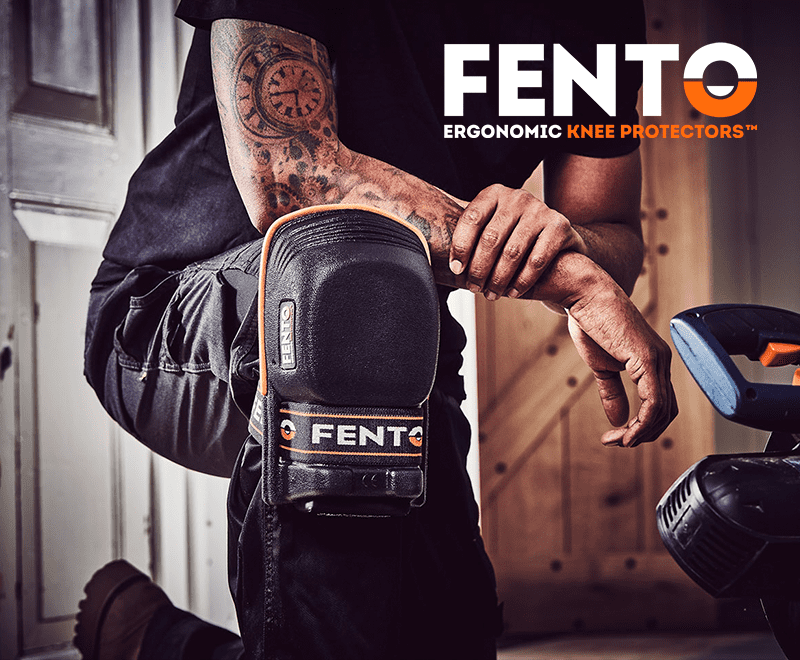Steven Rooney, director of Amber Underfloor Heating, shares his top tips for pairing electric underfloor heating cables and a decoupling membrane with tiled flooring.
Underfloor heating is compatible with most common floor finishes, but an increasingly popular pairing is underfloor heating with tile or stone floors.
This is because warmth from underfloor heating is easily transferred to tiles or stone, meaning a room can be warmed quickly and heat is effectively retained.
There are a number of underfloor heating systems available on the market, but one certainly comes out on top for tiled flooring – heating cables paired with a decoupling membrane.
Amber’s decoupling membrane is a polypropylene membrane, complete with rounded square shaped studs which are designed to securely embed and hold the heating cable.
Top Tip 1:
Plan the layout of the membrane and cables prior to installation.
Our product installation guides include a grid for sketching your floor plan. This can be used to work out how to evenly lay the cable and avoid any obstructions or obstacles, as well as plan the layout of the decoupling membrane before cutting it to size.
You should also detail the location of the cold tail (where the heating cable starts), floor sensor and connection box.
Top Tip 2:
Ensure the subfloor is prepared and completely clear of debris before installation.
This is common practice before installing tiled flooring, but should be completed before installing the decoupling membrane and heating cables too.
The subfloor should be even, stable, dry, clean and free of sharp objects.
Top Tip 3:
Consider adding extra insulation to your subfloor before installation.
Additional insulation such as an insulation board will reduce heat loss when installed below the decoupling membrane, leading to a more efficient and cost-effective warmth.
Top Tip 4:
Check the suitability of your adhesive with the manufacturer.
It must be compatible for use with your chosen substrate, decoupling membrane and electric heating cables. Check this prior to installation to reduce the risk of future issues with the system.
Top Tip 5:
Test your heating cables and floor sensors – at every stage of installation!
Use a multimeter to test for continuity to ensure the heating cable is intact and has the correct resistance.
Then, test for insulation on the heating cable only, ensuring the Earth screen around the heating cable has not been damaged and shorted to the heating cables. Ideal readings should be detailed in your installation guide.
This reduces the risk of issues arising later down the line.
Top Tip 6:
Take care when laying tiled flooring over the heating cables and decoupling membrane.
Use the flat side of a notched trowel to cover the heating cables, end cable connection, floor sensor and decoupling membrane with adhesive or self-levelling compound. Ensure you fill the studs of the membrane and take great care not to damage the cables.
There should be at least 5mm of adhesive or self-levelling compound covering the heating cable.
Top Tip 7:
Don’t leave any thermally resistive items like rugs, bean bags or mattresses on any floor with underfloor heating!
These items can trap heat and prevent it from being distributed around the room. Not only is this ineffective, but it can lead to system failure too.
Pairing heating cables with a decoupling membrane is a popular option for tiled flooring, but it’s also a suitable combination for almost any other floor covering – including timber, carpet and vinyl.
There are a number of other electric underfloor heating systems available on the market too, such as electric heating mats or electric heating foil mats.
[email protected]
www.amberufh.co.uk









